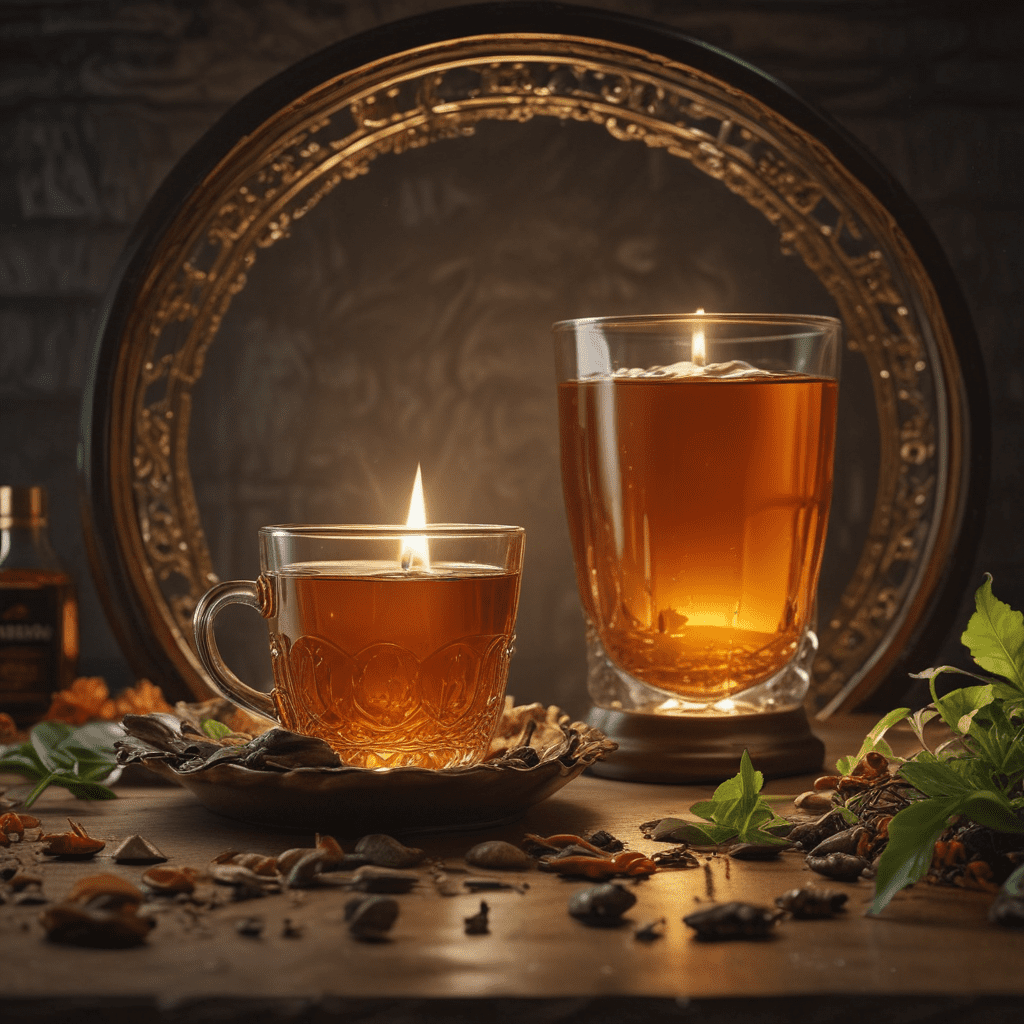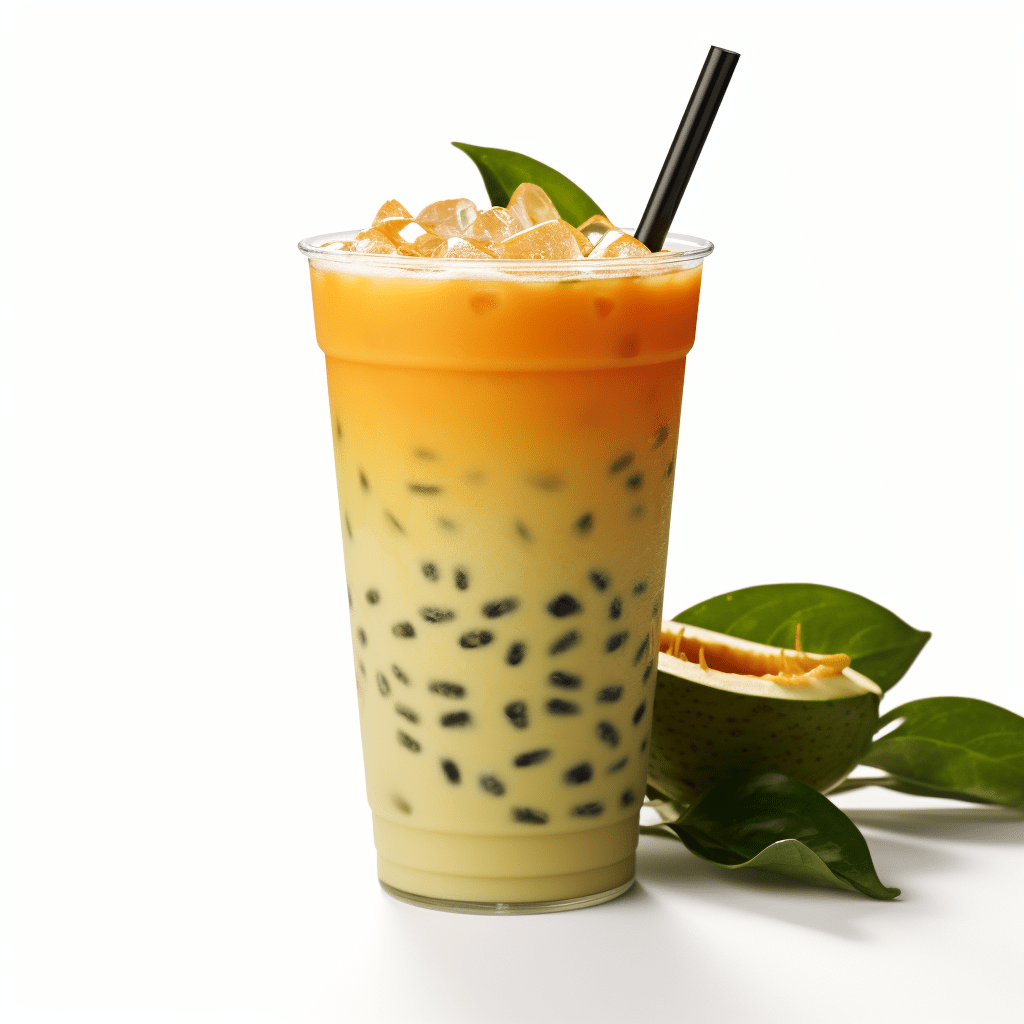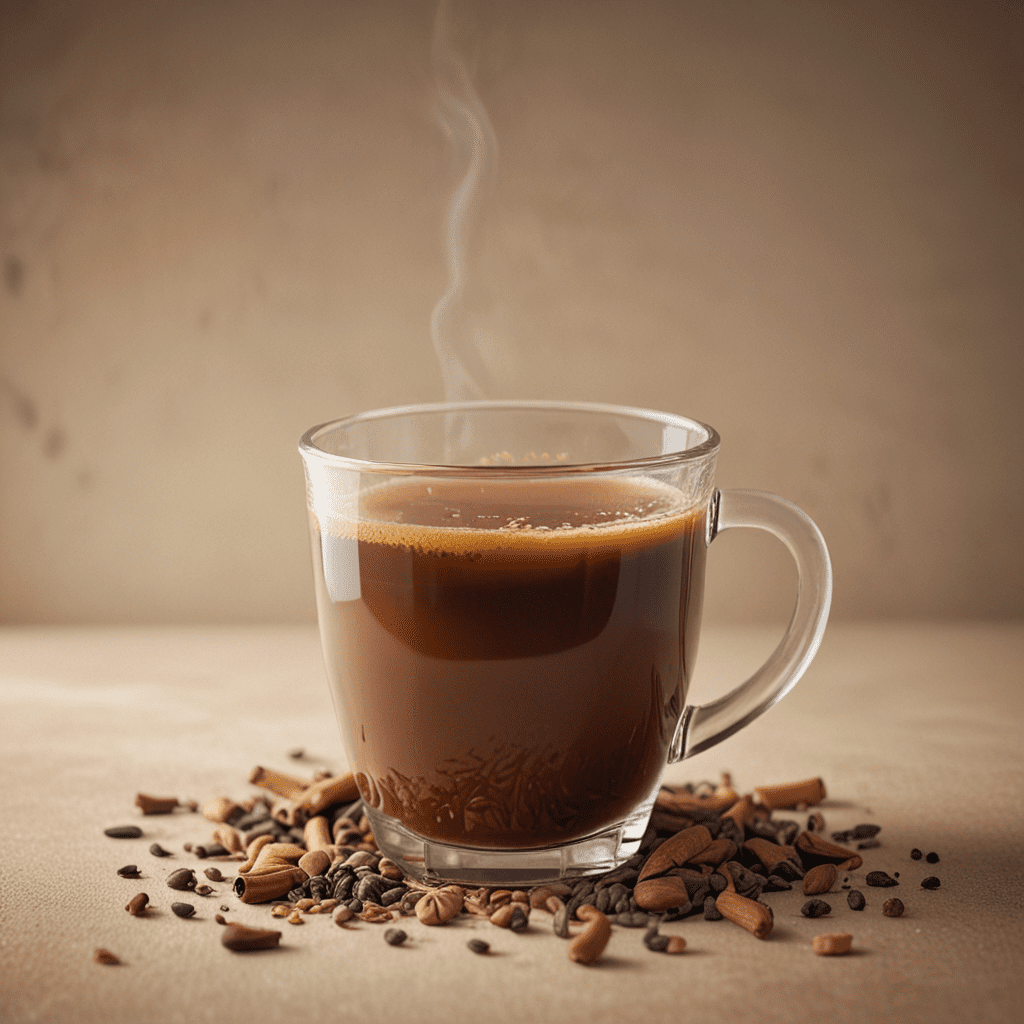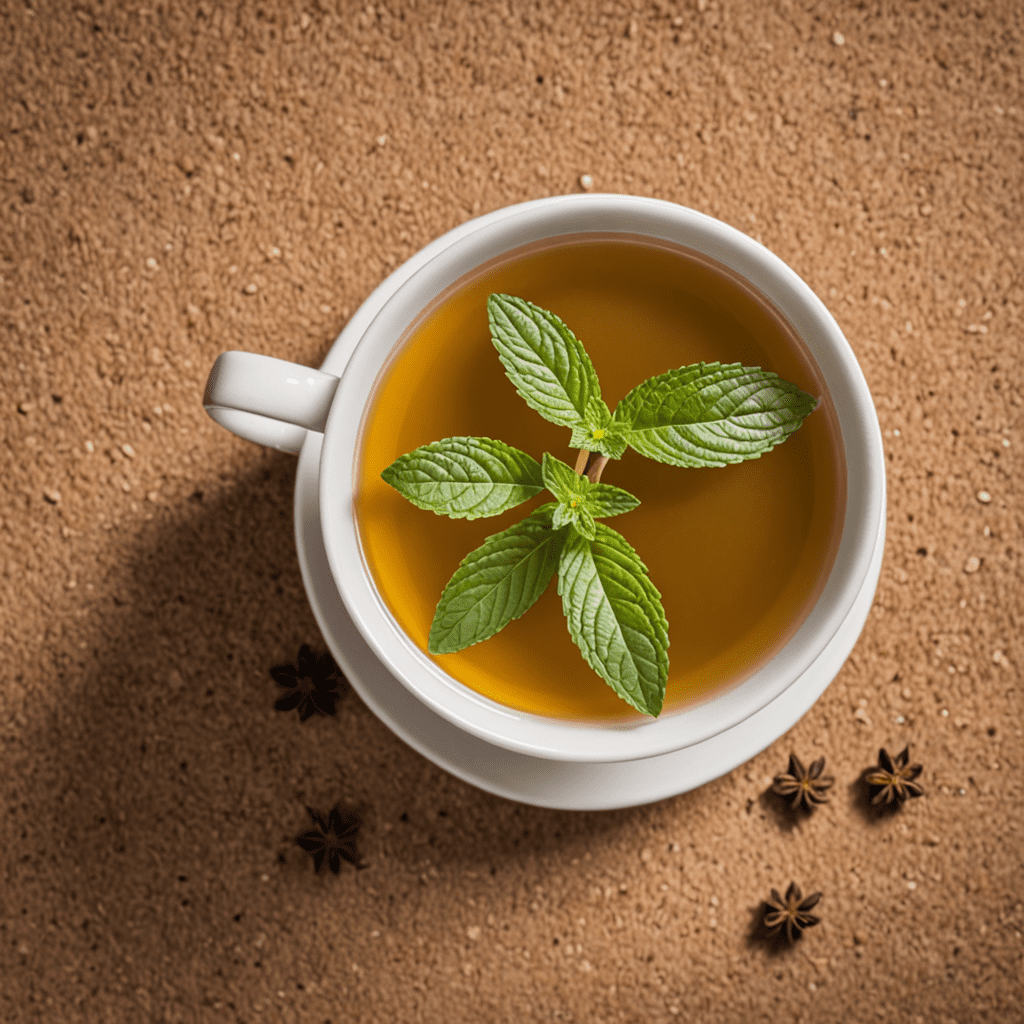1. Introduction: A Steamy Affair with Indian Tea
India, a land steeped in history and tradition, boasts a vibrant tea culture that dates back centuries. From the lush tea gardens of Assam to the misty slopes of Darjeeling, the nation offers a diverse range of teas, each with its unique character and flavor profile.
A Journey Through Time:
The earliest traces of tea cultivation in India can be traced back to the 19th century, with the British East India Company playing a pivotal role in its introduction and development. The establishment of tea plantations across the country transformed India into a major tea producer, earning it the title of the "Land of Tea."
Diverse Tea-Growing Regions:
India's vast geography and varied climatic conditions have given rise to distinct tea-growing regions, each producing teas with unique characteristics. From the verdant plains of Assam to the rolling hills of Darjeeling, each region offers a unique tea experience.
Embark on a Tea Adventure:
Join us on a journey through the diverse tea landscapes of India, exploring the characteristics, varieties, and brewing traditions of each region. From the malty richness of Assam to the delicate elegance of Darjeeling, prepare to be captivated by the vibrant world of Indian tea.
2. Assam: The Land of Malty Majesty
Assam, located in Northeast India, is renowned for its robust and full-bodied teas. The region's rich soil, abundant rainfall, and warm climate create ideal conditions for the cultivation of tea plants. Assam tea is characterized by its strong, malty flavor, deep amber color, and invigorating aroma.
Popular Assam Tea Varieties:
Assam tea is available in two primary processing styles:
- CTC (Crush, Tear, Curl): This method produces a strong, brisk tea with a characteristic malty flavor. CTC Assam teas are perfect for everyday brewing and are often enjoyed with milk and sugar.
- Orthodox: This traditional method involves withering, rolling, and oxidizing the tea leaves, resulting in a more complex and nuanced flavor profile. Orthodox Assam teas can range from malty and robust to floral and delicate.
Brewing and Pairing:
Assam tea is best brewed with boiling water and steeped for 3-5 minutes. Adding milk and sugar is a popular way to enjoy Assam tea, as it balances the tea's strong flavor. Assam tea pairs well with rich and savory dishes, such as Indian curries, grilled meats, and breakfast pastries.
3. Darjeeling: The Queen of Indian Teas
Nestled amidst the picturesque Himalayas, Darjeeling is home to some of the most exquisite teas in the world. The region's high altitude, cool climate, and misty environment contribute to the unique character of Darjeeling tea. Darjeeling tea is renowned for its delicate flavor, floral aroma, and bright, golden color.
Seasonal Classifications:
Darjeeling tea is classified based on the season in which it is harvested. The four main classifications are:
- First Flush: Harvested in spring, these teas are light, delicate, and floral.
- Second Flush: Harvested in summer, these teas are more robust and full-bodied with a muscatel flavor.
- Monsoon Flush: Harvested during the monsoon season, these teas are characterized by their dark color and malty flavor.
- Autumn Flush: Harvested in autumn, these teas are similar to second flush teas but with a slightly more mellow flavor.
Global Recognition:
Darjeeling tea holds a prestigious position in the global tea market, known for its exceptional quality and unique GI (Geographical Indication) status. The Darjeeling tea industry adheres to strict quality standards, ensuring that only the finest teas bear the Darjeeling name.
4. Nilgiri: Unveiling the Mountain Mist
The Nilgiri Hills, located in South India, offer a unique tea-growing environment. The region's cool climate, abundant rainfall, and mountainous terrain create ideal conditions for the cultivation of aromatic and flavorful teas. Nilgiri tea is characterized by its bright, refreshing flavor, delicate aroma, and slightly spicy notes.
Characteristics and Varieties:
Nilgiri tea is available in a variety of styles, including black, green, and white teas. The region is particularly known for its CTC teas, which are characterized by their strong, brisk flavor and bright color. Nilgiri tea is also available in specialty varieties, such as Silver Tips and Nilgiri Oolong, which offer a more complex and nuanced flavor profile.
Brewing and Recommendations:
Nilgiri tea is best brewed with water heated to 80-85°C (176-185°F) and steeped for 3-4 minutes. Nilgiri tea can be enjoyed both plain or with milk and sugar. It pairs well with light snacks, salads, and desserts.
5. Kangra: A Himalayan Treasure
Nestled in the foothills of the Himalayas, Kangra is a historic tea-growing region in North India. The region's high altitude, cool climate, and fertile soil create ideal conditions for the cultivation of tea plants. Kangra tea is characterized by its delicate flavor, floral aroma, and muscatel notes.
6. Munnar: Unveiling the Enchanting South
Munnar, nestled amidst the rolling hills of Kerala in South India, is a picturesque region renowned for its tea plantations. The region's high altitude, moderate climate, and abundant rainfall create ideal conditions for the cultivation of tea plants. Munnar tea is characterized by its bright, refreshing flavor, delicate aroma, and slightly sweet notes.
Breathtaking Landscapes:
Munnar's tea gardens are a sight to behold, with lush green slopes stretching as far as the eye can see. The rolling hills, interspersed with waterfalls and mist-covered mountains, create a truly enchanting landscape.
Characteristics and Varieties:
Munnar tea is available in a variety of styles, including black, green, and white teas. The region is particularly known for its orthodox black teas, which are characterized by their bright color, refreshing flavor, and subtle sweetness. Munnar tea also offers a range of specialty varieties, such as Silver Tips and Munnar Oolong, which showcase the region's unique tea-growing conditions.
Brewing and Recommendations:
Munnar tea is best brewed with water heated to 80-85°C (176-185°F) and steeped for 2-3 minutes. Munnar tea can be enjoyed both plain or with milk and sugar. It pairs well with light snacks, salads, and desserts.
7. The Art of Tea Blending: A Symphony of Flavors
Tea blending is an art form that involves combining different tea varieties to create unique and harmonious flavor profiles. Master tea blenders possess a deep understanding of the characteristics of each tea and the ability to balance flavors to achieve the desired result.
Expertise and Precision:
Tea blending requires expertise in selecting the right teas, determining the optimal proportions, and ensuring consistency in the final blend. Master tea blenders carefully consider the origin, processing style, and flavor profile of each tea to create a harmonious blend.
Creating Unique Experiences:
Tea blending allows for the creation of countless flavor combinations, catering to diverse preferences. From classic blends like English Breakfast to more adventurous combinations incorporating fruits, spices, and herbs, tea blenders strive to create unique and memorable tea experiences.
8. Exploring Flavored Teas: A World of Aromatic Delights
Flavored teas offer a delightful way to explore a wide range of taste profiles. Tea leaves are infused with natural flavors, such as fruits, flowers, spices, and herbs, to create aromatic and flavorful infusions.
Aromatic Variety:
Flavored teas offer a vast array of options, from the refreshing citrus notes of lemon and orange to the sweet and floral aromas of rose and jasmine. Spicy flavors like ginger and cinnamon add a warming touch, while herbal infusions like peppermint and chamomile offer soothing and calming properties.
Brewing and Recommendations:
Flavored teas are typically brewed with water heated to 80-90°C (176-194°F) and steeped for 2-3 minutes. They can be enjoyed both hot or iced, and some flavored teas are particularly well-suited for making iced tea. Flavored teas pair well with a variety of snacks and desserts, depending on the specific flavor profile.
9. Tea and Health: A Journey of Wellness
Tea has been revered for its health benefits for centuries. Studies have shown that tea consumption is associated with a reduced risk of chronic diseases, improved cognitive function, and enhanced overall well-being.
Antioxidant Power:
Tea is rich in antioxidants, which protect cells from damage caused by free radicals. These antioxidants may help reduce the risk of chronic diseases such as heart disease, cancer, and Alzheimer's disease.
Improved Cognitive Function:
Tea contains caffeine, which can improve alertness, focus, and cognitive performance. Tea also contains L-theanine, an amino acid that promotes relaxation and reduces stress. The combination of caffeine and L-theanine provides a unique balance of alertness and calmness, enhancing cognitive function without causing jitters.
Overall Well-being:
Tea consumption has been linked to improved mood, reduced stress, and better sleep quality. Tea's calming properties and health benefits contribute to overall well-being and a sense of tranquility.
10. Responsible Tea Consumption: Sustainability and Ethics
As tea lovers, it's important to consider the environmental and ethical implications of our tea consumption. Choosing sustainably sourced and ethically produced teas ensures that we are supporting responsible practices and contributing to a better future for tea farmers, communities, and the environment.
Sustainability:
Sustainable tea farming practices minimize environmental impact by reducing water usage, conserving biodiversity, and promoting soil health. Look for teas that are certified by organizations like Rainforest Alliance or Fairtrade, which ensure environmentally friendly practices.
Ethical Production:
Ethical tea production ensures fair wages and working conditions for tea farmers and workers. Choose teas that are sourced from companies that prioritize fair trade practices and support the livelihoods of those involved in tea cultivation.
FAQs:
Q: What is the best way to store tea?
A: Store tea in an airtight container in a cool, dark place away from direct sunlight and moisture.
Q: How long does tea last?
A: Properly stored tea can last for several months or even years. However, the flavor and aroma of tea will gradually fade over time.
Q: What is the difference between black tea, green tea, and white tea?
A: The main difference between these teas lies in their processing. Black tea is fully oxidized, green tea is minimally oxidized, and white tea is unoxidized. This results in different flavor profiles, caffeine levels, and health benefits.
Q: What are the benefits of drinking tea?
A: Tea offers a range of health benefits, including antioxidant protection, improved cognitive function, reduced stress, and overall well-being.
Q: How much tea should I drink per day?
A: The recommended daily intake of tea is 3-5 cups. However, it's important to listen to your body and adjust your consumption accordingly.



